Capacitors find application in the field of electrical engineering and are particularly important in the analysis of DC circuits, since they are capable of storing and delivering energy efficiently in numerous applications.
In DC circuits, capacitors possess unique properties depending on the state of the circuit. When a capacitor is charged with a DC voltage, it begins to charge, accumulating electric charge on its plates. During charging, current flows through the circuit until the capacitor is completely charged to its capacity. At this point, the capacitor is an open circuit because the current no longer flows.
In AC circuits, capacitors charge and discharge repeatedly with the application of alternating voltage. However, in DC circuits, once charged they sustain a voltage across their terminals which is essential for filtering and stabilizing voltage variations.
Capacitors serve functions in the assessment of DC circuits as they possess the capability to store energy temporarily and discharge it as needed ensuring consistent performance in a range of electronic setups.
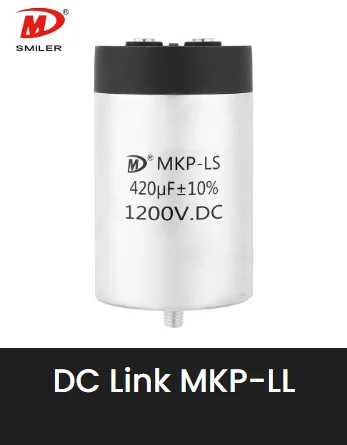 1. Energy Storage: Capacitors can store electrical energy that can be used during power interruption or when extra power is required.
1. Energy Storage: Capacitors can store electrical energy that can be used during power interruption or when extra power is required.
2. Voltage Stabilization: Capacitors in circuits like DC-Link systems stabilize voltage fluctuations by storing excess energy and releasing it when needed.
3. Pulse Current Absorption: Capacitors like SMILER’s DC Link MKP-LL are specifically designed for high ripple current handling capabilities and low ESR (Equivalent Series Resistance), making them ideal for managing pulse currents efficiently. Used in DC-Link circuits, it can replace electrolytic capacitors with low ESR, high ripple current handling capabilities, low inductance (Ls), self-healing properties, and a long lifetime.
4. Applications in Renewable Energy: In wind power systems and solar power converters, capacitors ensure optimal performance by stabilizing the electrical output under varying conditions. In the whole wind power, there are several places where our capacitors are used: DC Link Inverter Output Filters(LC&LCL)
SMILER’s capacitors play a role in various modern applications, such as electric vehicles (EV) elevators, welders, motor driver systems and other advanced technologies. They are utilized in wind power and solar power inverters well as in transportation like EV for their efficiency in powering diverse systems.
To analyze capacitors in DC circuits, you need to grasp their principles and features.
Capacitors work using two principles. Capacitance (the capacity to store charge) and dielectric strength (the highest electric field the material can handle without breaking down). Capacitance is influenced by factors like plate size and spacing, between plates well as the permittivity of the dielectric material.
When analyzing charging behavior:
1. The capacitor charges exponentially until it reaches the supply voltage.
2. The time taken depends on the resistance-capacitance (RC) time constant.
The discharge pattern also exhibits a decay gradually approaching zero volts as time progresses, making it crucial for applications involving timing and analyzing transient responses.
Capacitors are components in DC circuits. However, they come with their own set of challenges that need to be carefully addressed for optimal performance and safety in a range of systems.
When capacitors are used in DC circuits, a common issue to watch out for is leakage current. This occurs when a small amount passes through the capacitor dielectric material even after being fully charged. Although the current is very low it can gradually result in energy loss.
Using capacitors on direct current circuits has the tendency to cause overvoltage, one of the biggest challenges that have to be given consideration. Once a capacitor is exposed to voltage beyond what has been specifically mentioned as the maximum capacity requirement, it will suffer from breakdown or even experience a catastrophic failure situation. It further highlights the use of appropriate capacitors so as to serve specific applications according to their demands.
In the realm of DC circuit examination, selecting a capacitor is vital for attaining effectiveness, dependability and lasting functionality. Restrictors capacitors emerge as the option for experts and sectors globally thanks to their exceptional characteristics and demonstrated uses.
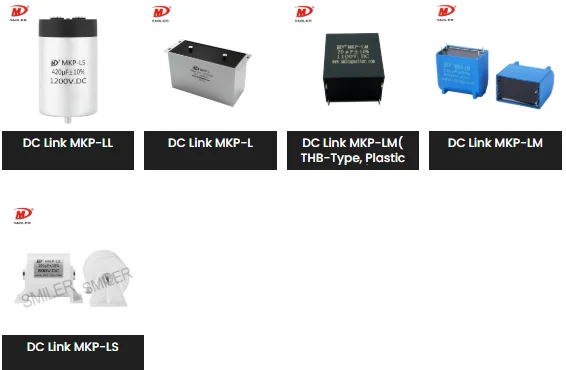 SMILER produces its capacitors using cutting-edge automated manufacturing processes, that guarantee accuracy and consistency in every unit produced. Production lines that are highly automated and modern guarantee precise and consistent results.
SMILER produces its capacitors using cutting-edge automated manufacturing processes, that guarantee accuracy and consistency in every unit produced. Production lines that are highly automated and modern guarantee precise and consistent results.
The self-healing abilities of DC link capacitors enhance their reliability by fixing minor dielectric breakdown issues. This characteristic not only prolongs the operational lifespan but also guarantees steady performance throughout time.
SMILER’s capacitors are known for their durability designed to function for a maximum of 50,000 hours under rated voltage and at 85°C operating temperature. Their sturdy design features metallized polypropylene film serving as the material and an aluminum shell package for extra safeguarding. The dielectric material used is metallized polypropylene film with an aluminum shell package for enhanced protection.
SMILER’s capacitors show performance in biased humidity tests carried out under harsh conditions—85°C with 85 % relative humidity for over 1,000 hours. They exhibit changes in capacitance (less than or equal to 10%) and maintain insulation resistance above 50 % of the original threshold, even during such stringent testing conditions. These characteristics make them well-suited for applications that demand durability and reliability.
A: When a DC voltage is applied across a capacitor, a charging current will flow until the capacitor is fully charged when the current is stopped. This charging process will take place in a very short time, a fraction of a second. Hence, a fully charged capacitor blocks the flow of DC current.
A: There are two important reasons why every integrated circuit (IC) must have a capacitor connecting every power terminal to the ground right at the device: to protect it from noise which may affect its performance and to prevent it from transmitting noise which may affect the performance of other circuits.
A: It amplifies the voltage. The circuit acts as an open circuit.
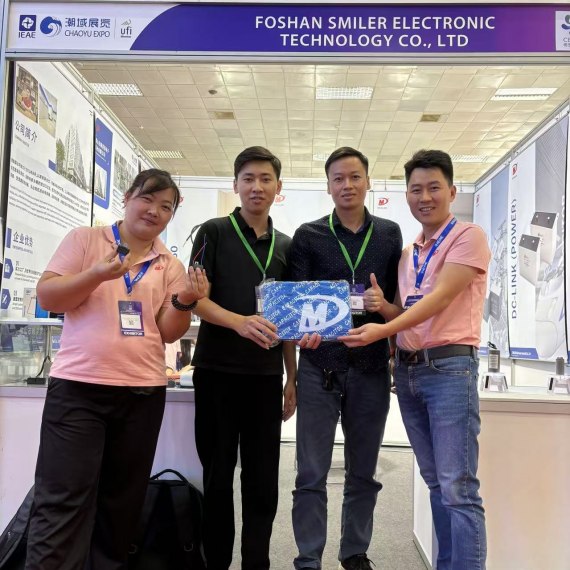
2024 VIETNAM INTERNATIONAL ELECTRONICS & SMART APPLIANCES EXPO
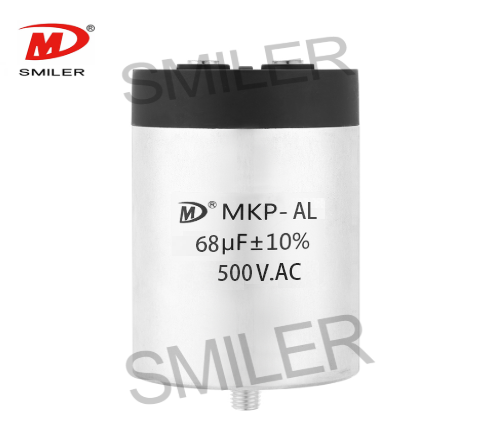
Exploring How AC Capacitors and DC Capacitors Function Differently
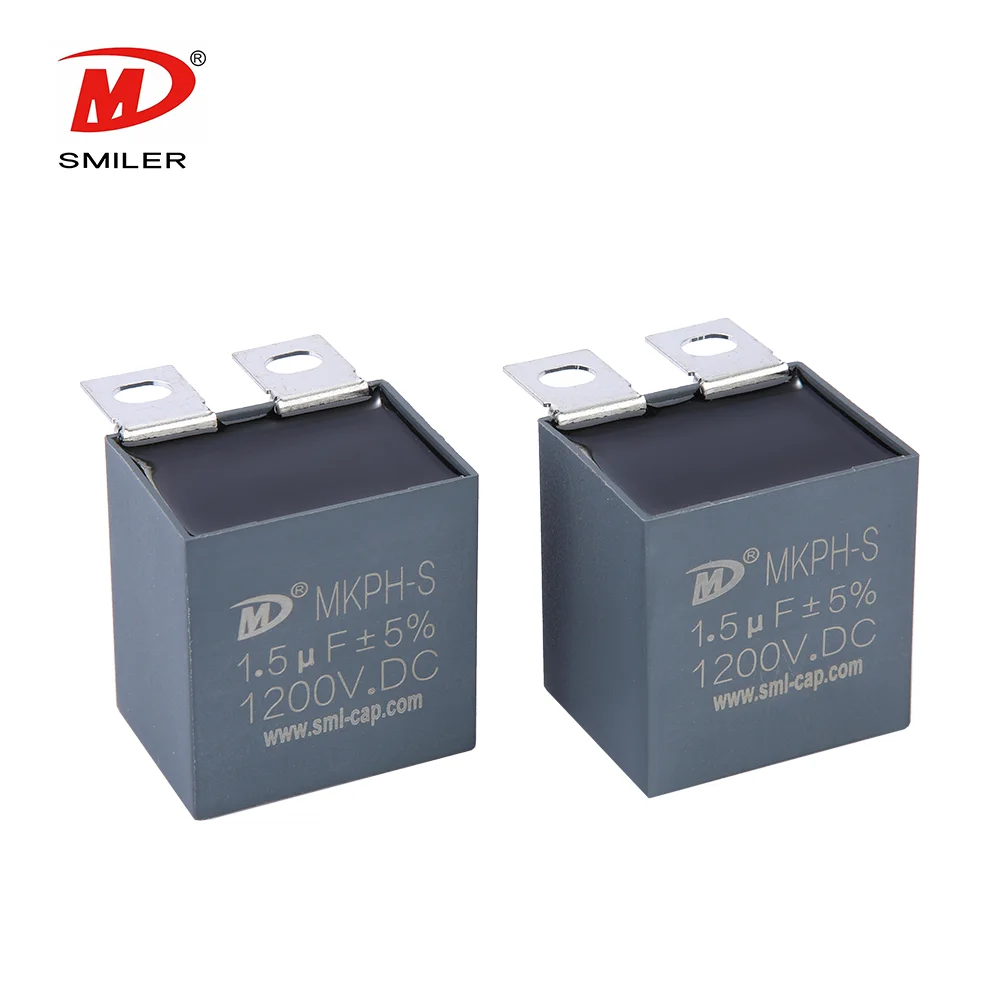
Understanding Snubber Capacitor: RC vs. RCD Snubber Differences
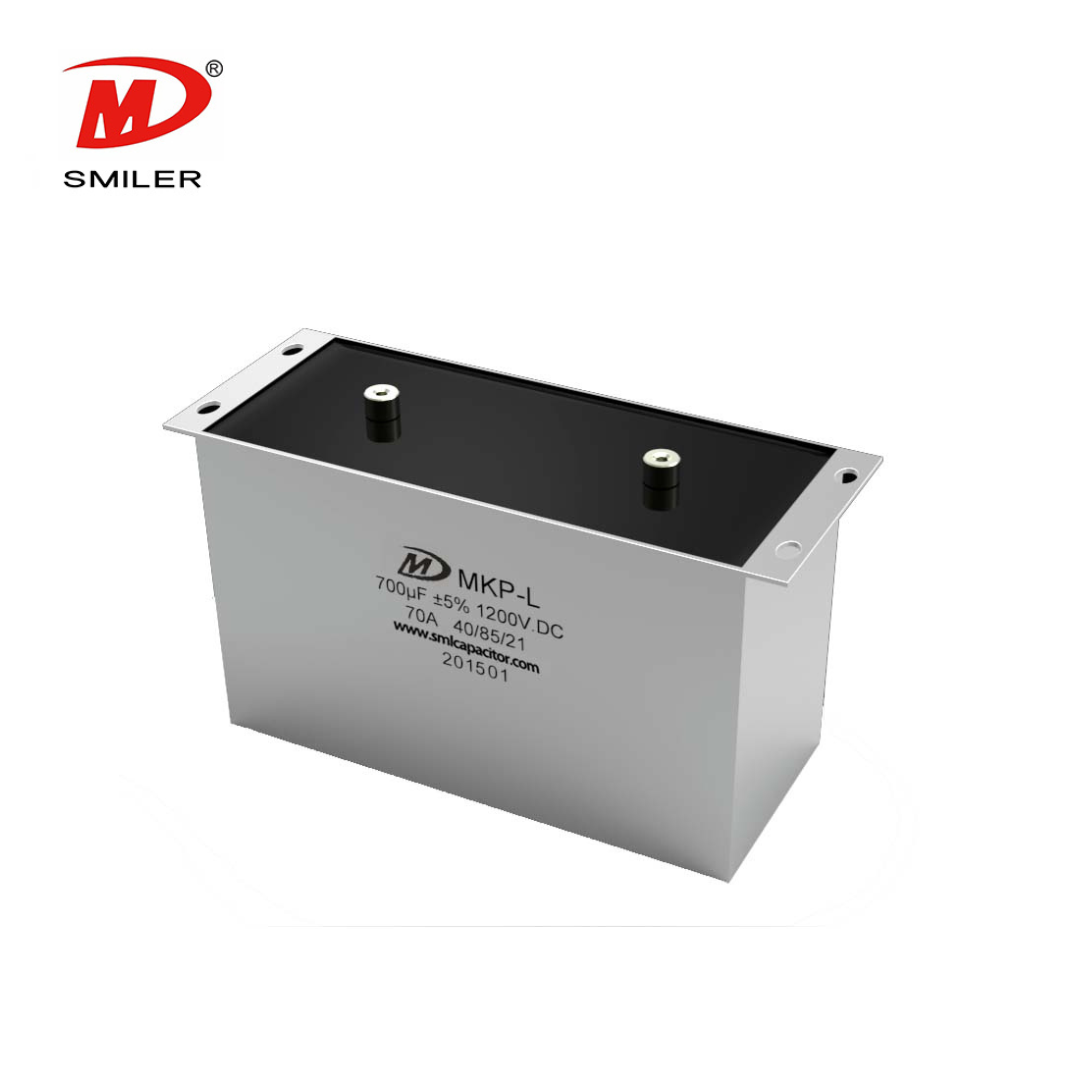
Understanding DC Capacitance to Prevent Converter Oscillations
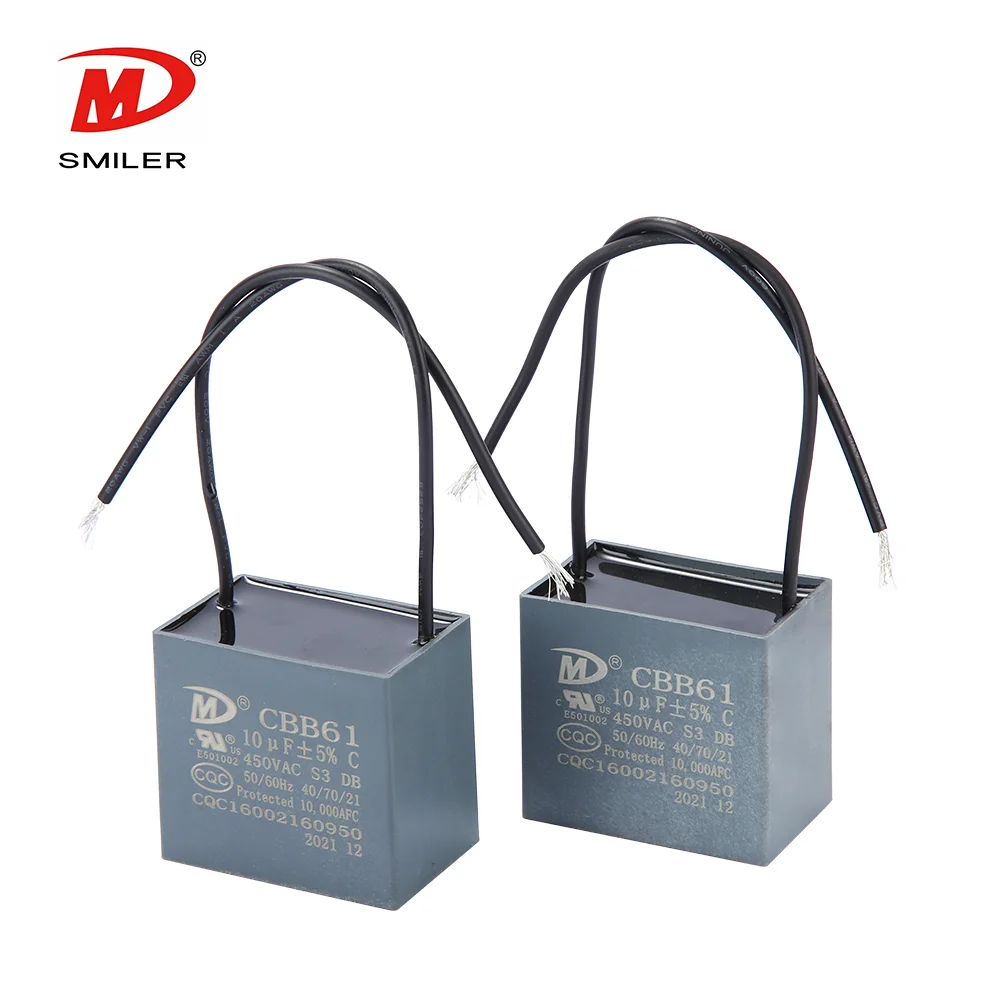
What Does a CBB61 Fan Capacitor Do? Exploring the Role of CBB61 Fan Capacitors